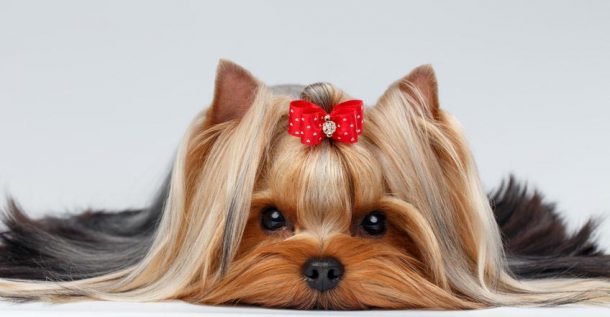Did you know that cats get more than 60 percent of their hydration from their prey in the wild? Commercial dry feline diets typically contain less than 10 percent moisture, so in the household, cats rely on us to provide them with enough water and moist food to keep them healthy.
Older cats tend to have a poorer thirst response, putting them at an increased risk of dehydration. When cats become dehydrated, they may be slow to initiate drinking. Therefore, making sure your cat stays adequately hydrated can be a challenge. So, what can you do to ensure your feline friend gets enough hydration?
The First Challenge is Physiological
When cats lap water, it’s a time-intensive process. Because they curl their tongues backward (as opposed to forward like dogs), they can only drink about 3/100 a teaspoon of water with each flick of the tongue. That makes them highly inefficient drinkers.
Domestic house cats evolved from ancestors who were desert dwellers. Because of their desert-dwelling DNA, cats can highly concentrate their urine, enabling them to adapt to long periods of scarce water intake. Domesticated cats tend to respond to eating foods low in moisture content by increasing their urine concentration rather than drinking more, putting them at risk for dehydration.
What are the Dangers of Dehydration in Cats?
Many health challenges can arise in dehydrated cats. Chronic kidney disease can be a symptom of not getting enough water in a cat’s diet, as can diabetes, vomiting, diarrhea, and feline lower urinary tract disease. All of these can be life-threatening over time, and the best way to prevent illness is to encourage water intake.

What are the Signs of Cat Dehydration?
When cats are dehydrated, their bodies lose more than moisture. They’re also losing sodium, electrolytes, potassium, and chloride, which are vital to normal body function. One easy way to test if your cat might be dehydrated is to pinch the skin between their shoulder blades gently. This check is called “skin tenting.” Your cat’s skin should spring back into place when you release the pinch. If it goes back into place slowly, that’s a sure sign that your cat is dehydrated. This requires immediate emergency veterinarian care. Other signs are dry, tacky gums, lethargy, depression, lack of appetite, and panting. If you see any of these signs, seek emergency veterinarian care, as a cat’s health can decline rapidly from dehydration.
How Do You Rehydrate a Dehydrated Cat?
Of course, Jacksonville Community Pet Clinic veterinarians can provide subcutaneous hydration to dehydrated cats. This involves injecting fluids under the skin that the cat absorbs over time. This is the fastest, surest way to know your cat has enough moisture in their system. Our vets might also recommend a cat hydration supplement to help increase water intake.

What Can You Do at Home to Encourage Better Hydration?
Change Their Diet
Remember when we mentioned earlier that cats in the wild get more than 60 percent of their hydration from their prey? If you’re feeding only dry food, which they only get about 10 percent moisture from, it might be a good time to consider adding wet food to their diet.
Get the Right Water Dish and Change the Water Often
Plastic can taint the taste of water and make your cats drink less. The same goes for water that’s not changed often enough. Veterinarians recommend changing water bowls at least once daily for cats and dogs. Fresh water is always more inviting.
Consider the Location of Water Dishes
Be sure to include multiple water stations and strategic locations for water dishes. Cats don’t like to be cornered, so a water station in the open will often be more appealing. They also don’t want to be in areas of heavy traffic or near noisy appliances like washing machines or water heaters. If you have multiple levels in your home, have water dishes upstairs and downstairs. Also, many cats don’t like their water dish too close to their litter box or feeding station, so try moving it to a new location to see if you can get your kitty to drink more.
Get a Cat Water Fountain
Cats in the wild tend to drink from moving water primarily. So, perhaps the best way to increase your cat’s water intake is by adding a fountain (or two) throughout your home. Fountains provide clear, running water, and cats’ instincts tell them that running water is healthier than standing water. So, it appeals more to their senses. They can see the water moving, hear it trickling into their bowl, and many believe cats can taste the difference.

Don’t Leave Your Cat Home Alone for Long Periods of Time
What happens if your cat tips over its water dish or the fountain stops working? If you go out of town, have someone check in on your cat every 24 hours to ensure their needs are met.
We’re Here to Help
At Jacksonville Community Pet Clinics, we aim to help keep cats happy, healthy, and hydrated. Our vets administer annual vaccinations, flea medication, and provide regular check-ups and pet shots. We can also help answer your cat questions and help you correct behavioral issues like low water intake to keep your cat healthy. Learn more by visiting www.mycommunitypetclinic.com or making an appointment with one of our mobile clinics today.


